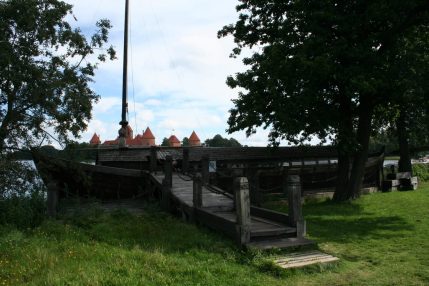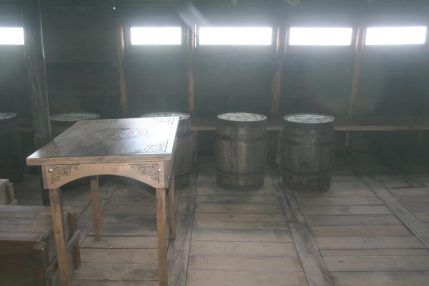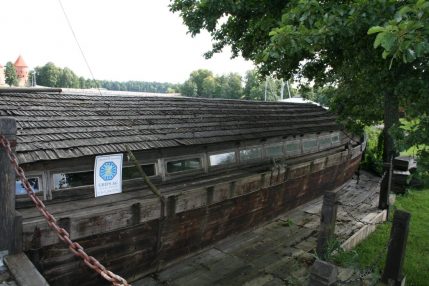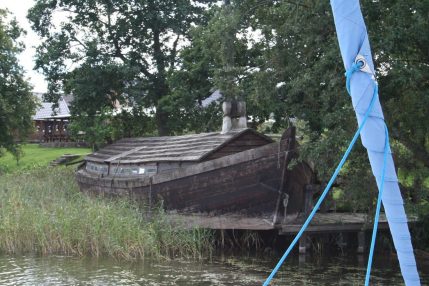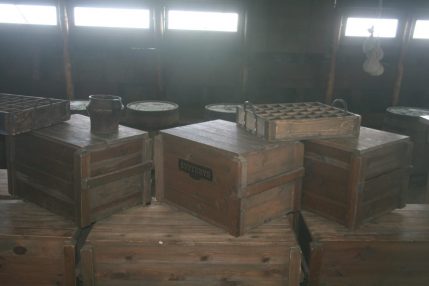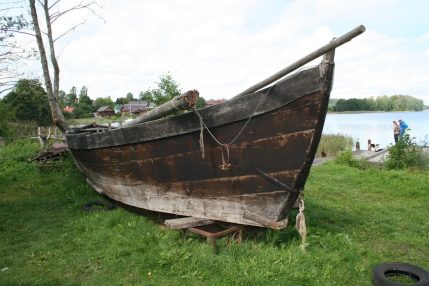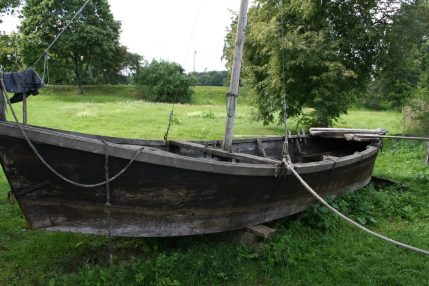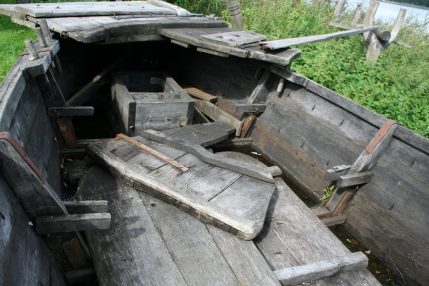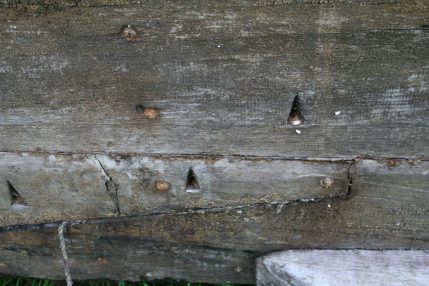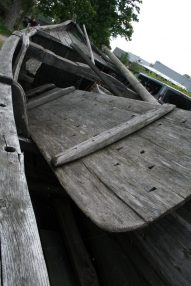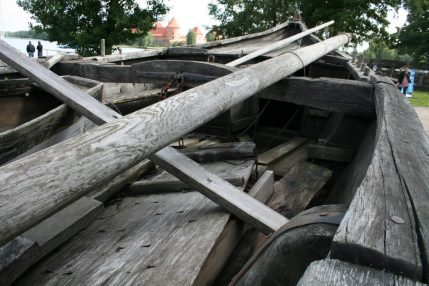
At the end of the XIX century Russian engineer V. Cholsenikov researching Nemunas concluded that the golden age of trade for the river was around 1900. Around that period 15300 wood transportation operations took place, 3793 ships were used with an estimated gross of 10 million Russian rubles. Merchandise like grain, wood, hemp and linen were very popular amongst German and Russian merchants. Merkinė at that time was referred as a port were ships were constructed, goods delivered and shipped out.
One of the hardest jobs during that period was the towing of ships up the river. Due to the shallow and wide nature of the river, during the times of drought, Nemunas would prove to be very difficult for majority of big ships. That’s where locals would get employed to drag the vessels through the shallow places and to the port. The number of people varied from the size of the ship, smaller ones required anywhere from 2 to 18 full grown men. Horses could not be used as the shoreline of the river was too muddy and sticky, forcing to use man power for the job. One of the most challenging places was between Kaunas and Gardinas, that span of river was narrow and current too fast for regular ships, so typically from 100 to 150 men were used for towing. They were equipped with wide leather belts across their chests and walking paths constructed for easier access.
High tech german ships were known to have sails at the time while more modest Merkinė merchants vessels used paddles. It would take up to three days to sail form Merkinė to Kaunas and about a week to tow the ship back up the river. While the rewards were grand for the goods sold, overall it was a rather rough way to make a living.

